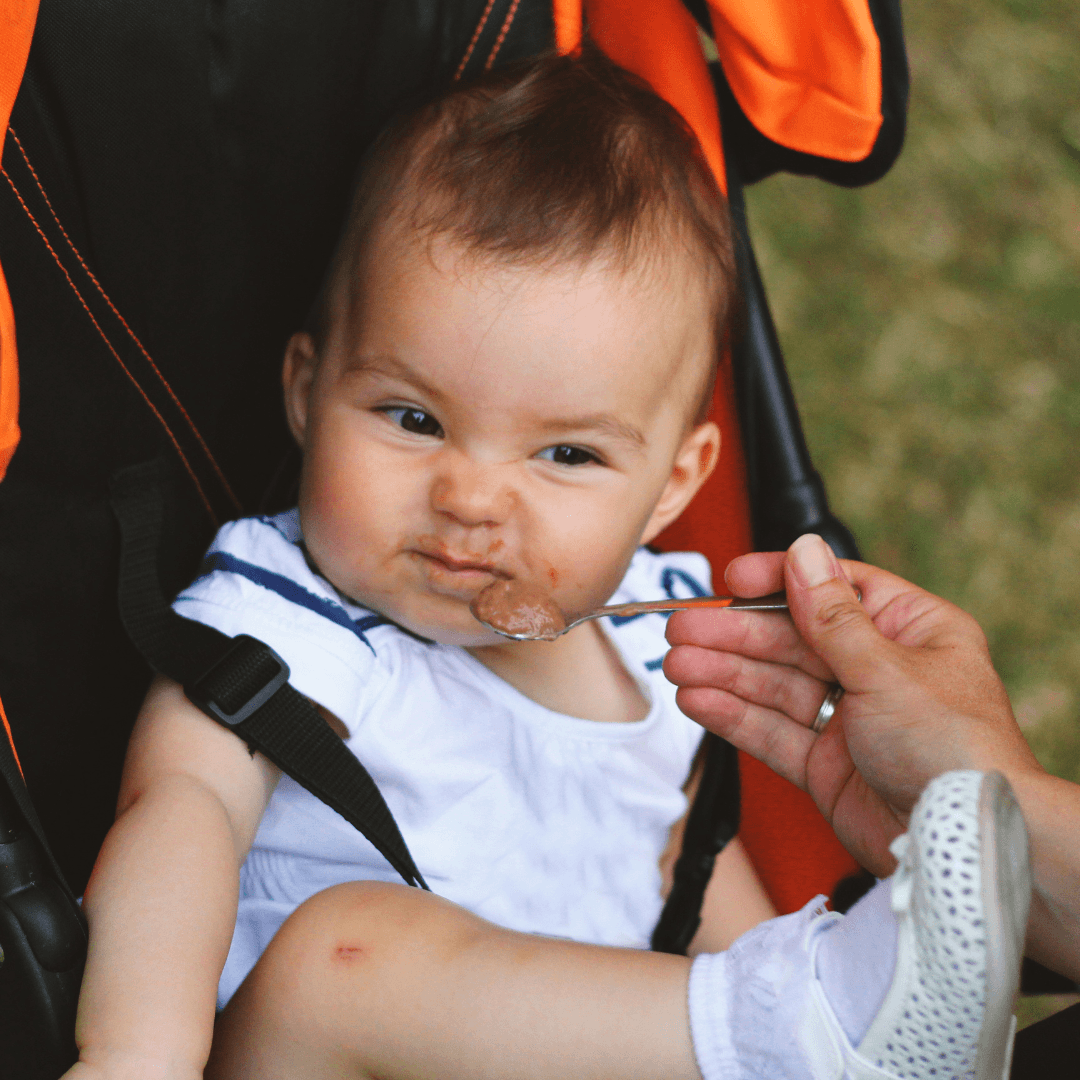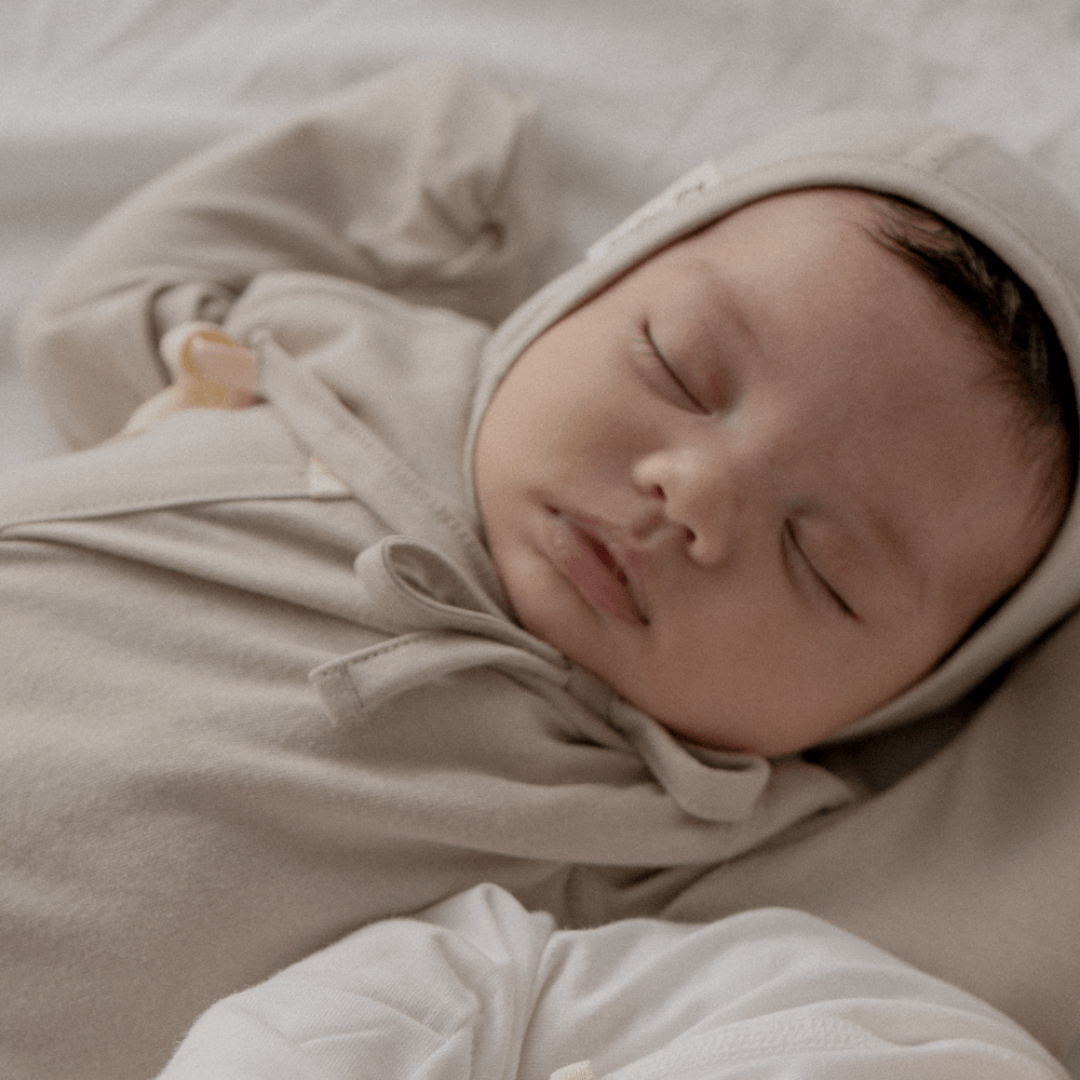One of the characteristics of newborn babies is the appearance of a 'social smile'. Laughter before 2 months of age is usually sullen. It's not a laugh with a specific purpose, but a reflex action. However, after 2 months of age, babies smile during interaction. This is called a social smile.
3 Stages of a Toddler's Smile
A child's smile develops through three stages.

The first is reflex smiling.
Even immediately after birth, you can see your baby smiling softly, but this is not an action with any social meaning. It is said that this smile appears automatically during the development of the central nervous system of infants, and that reflex smiles often appear before the child goes to sleep. When a child smiles reflexively, only the muscles at the bottom of the face move, not the forehead or eyes.
The second step is social smiling.
In this case, infants show a social smile, responding to people they see or talk to. Even if your baby doesn’t know someone, when someone smiles at them, they gently respond with a smile. Most childern learn to smile socially by 1 to 2 months of age.
The final stage is called the selective social phase.
In this case, the infant smiles when reacting to specific people and sounds that they recognise. It's a selective smile reserved for reacting to someone closer to them. This stage begins at about three and a half months after birth. Around 4 months of age, babies begin to laugh out loud.
What if there is no social smile?

If a social smile does not appear in a child after 2 to 3 months of age, a developmental delay may be suspected. Additionally, the environmental factors should also be reviewed to see if there are too few external stimuli such as showing toys or playing with a guardian that make the child laugh. If you do not see a persistent social smile from your child, you may need professional advice.
What you need to do for your children's emotional development at this time.
1. It is important to make eye contact.
Making eye contact is the basis of communication. There are many times when you might be talking to your child while watching TV or a smartphone, so instead try to make eye contact with the child consciously and react. If your child doesn't have want to make eye contact, you might suspect a developmental abnormality, so it is worth consulting a professional to inquire about this.
2. Give them a chance to laugh.
Give them an external stimulus that makes them laugh. It's best to show your child their favourite toys or allow them to interact with their parents. If you find it difficult to constantly talk to your child, you can show them how two adults interact.
Tip: It's okay if you don't always try to make your child laugh. Even in a rather boring and static situation, your child is developing well, so don't worry!
3. There are individual differences in social skills.
Children have individual differences in emotional reactivity and temperament from birth. Some kids are extroverts, some are introverts. Rather than thinking that your child doesn't seem to be laughing enough at a time, rather than considering the frequency with which they laugh, observe whether they seem to be making approximately the appropriate reaction at the right time.
---------------------------------------------------
Author: Lee Ji-hyun
- A Secondary School Level 2 Teacher Certificate
- As a real mother of a child, she ponders specific parenting tips between reality and theory. She has worked as an educational civic activist and freelance journalist.







